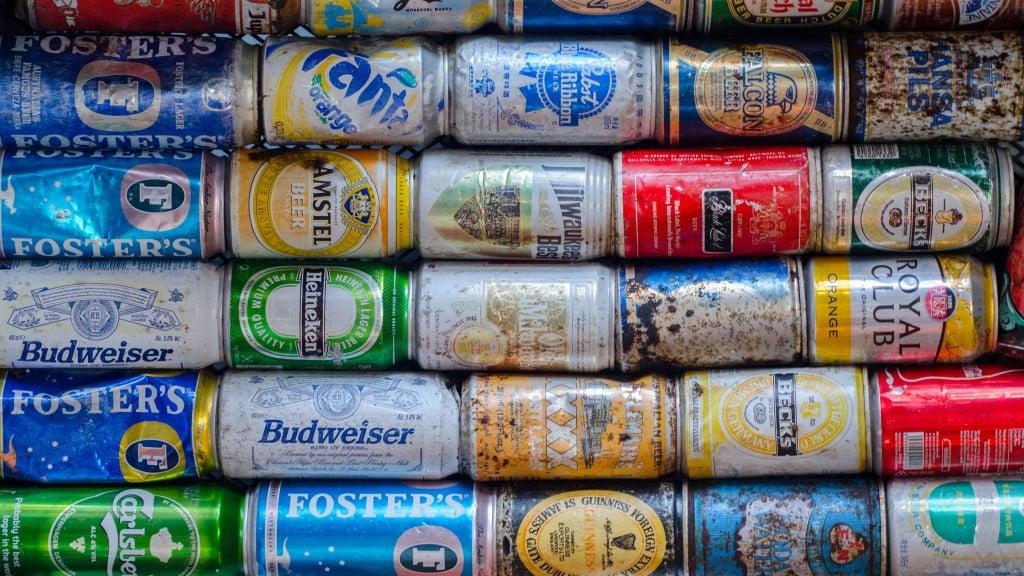Recycling aluminum has long been recognized as one of the most efficient and sustainable ways to conserve energy, reduce environmental impact, and promote a circular economy. However, a recent report reveals that aluminum beverage can recycling rates have declined to their lowest levels in decades, raising concerns for the broader aluminum recycling industry—including aerosol products.
The decline in recycling rates is more than just a statistic; it signals a growing disconnect in a system once celebrated for its efficiency. According to the article, only 45.2% of aluminum beverage cans in the U.S. were recycled in 2022—a significant drop from previous decades. This trend is troubling for several reasons, particularly when it comes to the potential of aluminum as a “permanent material” that can be recycled repeatedly without loss of quality.
What This Means for the Aerosol Industry
The aerosol industry, which depends on aluminum for its lightweight and durable properties, faces many of the same recycling challenges. Aluminum aerosol products represent a significant share of the market, but as with beverage cans, their recycling rates are often inconsistent and underperforming.
Several factors are contributing to the decline:
- Consumer Behavior: Many aluminum cans and aerosol products are improperly disposed of, often ending up in general waste instead of recycling streams.
- Lack of Infrastructure: Not all recycling facilities are equipped to handle aluminum aerosol products, further limiting recovery rates.
- Missed Opportunities for Education: Consumers may not fully understand that aluminum aerosol products—like beverage cans—are highly recyclable and can significantly contribute to environmental goals.
The Opportunity for Leadership and Change
The decline in aluminum recycling rates highlights the need for unified action. Programs and initiatives that educate stakeholders, improve recycling infrastructure, and encourage participation can reverse this trend. For the aerosol industry, this is an opportunity to lead the charge.
Organizations like GARA (Global Aerosol Recycling Association) are working to close these gaps by:
- Educating Consumers about the recyclability of aerosol products.
- Partnering with Industry Leaders to create scalable solutions for recycling aluminum aerosols effectively.
- Driving Innovation in recycling technology to ensure that aluminum aerosol products are captured, processed, and returned to the production cycle.
The aluminum industry has already proven that strong recycling rates are possible. In fact, recycled aluminum uses 95% less energy than producing new material—a clear win for manufacturers, recyclers, and the environment. The key is a collaborative approach where stakeholders across industries commit to improving recovery systems and ensuring long-term sustainability.
Looking Ahead
The recent decline in aluminum recycling rates serves as a wake-up call for industries that rely on this highly valuable material. The aerosol industry, in particular, has an opportunity to not only maintain its reliance on aluminum but also set an example for what a fully sustainable recycling system can achieve.
By improving education, infrastructure, and participation, we can reverse these trends and ensure that aluminum continues to be one of the most recycled and sustainable materials in the world.
Source: Recycling Product News – Aluminum Beverage Can Recycling Declines to the Lowest Point in Decades
